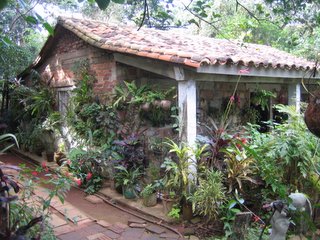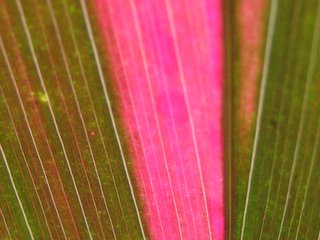
Cuba. Ten days. Two very different experiences. Today I'll write about the first: Havana.
Both over and underwhelming, Havana is a city of conflict and wild contrast. Walk down one quaint cobblestone street in Habana Vieja (Old Havana), a
UNESCO Heritage Site, and every building along it will be precisely restored, paint fresh, potted palms lining the tidy streets. Turn the corner and you may fall into an open sewer. Pass decaying buildings that are so decrepit you believe they must be adandoned... until you catch a flash of movement inside and realize it's someone's home. The juxtiposition of the two extremes is jarring and unsettling.
It's not just the physical nature of the city that is precariously balanced. The contrast between rich and poor - tourists and Cubanos, and, although it's illegal to amass wealth, poor Cubanos and rich Cubanos (who generally get that way through working the black market or other illegal activity) - is a constant source of tension and strife. We were constantly bothered by
jinetaros - hustlers - out to get our money. And who could blame them?

But the
spirit of the place. The music! And yes, the people - once you got past the
jinetaros and met the real Cubanos.
Contrary to
what I read before my trip, I saw little evidence of urban agriculture in Havana proper. Houseplants were popular, but silk flowers even more so. I couldn't understand why when even a pot of herbs would supplement their meagre rations.

I only saw a couple of these makeshift gardens in Havana.

We stumbled across this plant shop, run out of someone's home.

We did attempt to visit the botanical gardens, but found them completely abandoned. Only a few unkempt rose bushes indicated that the property was once something more than an garbage-strewn lot. A group of old men warned us not to enter because thieves frequented the area.

In the Afro-Cuban neighbourhood, the heart of which is a street called
Callejon de Hamel, an artist named Salvador Gonzalez Escalona has painted brightly-coloured murals, and installed works of art like this bathtub planter.


We also visited the gardens at a restaurant on the sea, which appeared to have been inspired by both
Gaudi and Japan.

Unfortunately, the gardens suffered with last autumn's hurricanes. Evidence of damage was everywhere.

Like the majority of gardens in Havana, the variety of plants was limited. Cacti, Eucalyptus, and Sansevieria were the mainstays.

You can see more of my Cuba photos
here. Tomorrow, I'll write about Vinales.





















